Digital Art History is not just about creating reference materials as Pamela Fletcher noted in Reflections on Digital Art History. Creating digital images, metadata, and making basic facts, images and previous research accessible online (all of which are scholarly decisions) is necessary for digital art history but the goal of this part of digital art history is to create a body of work from which other research can be accomplished. Digital art history is also concerned with the digital tools and methodologies that can perform new types of research using the body of digital resources made available to the researcher and that are only possible with digital means. These might include distant reading, data analytics, mapping, and natural language processing for video or spoken word arts. According to Johanna Drucker, as cited by Benjamin Zweig in Forgotten Genealogies: Brief Reflections on the History of Digital Art History, another way of separating the two parts of digital art history is to call digital reference materials digitized art history and the practice of using digital tools for research digital art history.
The digital tools, while excellent for text and writings about art, do not have the same capabilities for recognizing and comparing the images of art. Obviously, this is a harder task since text, even considering many different languages, is a fairly consistent set of marks. Images are wildly different and unique so we have to rely on metadata or other measurable features to be able to analyze visual images of art in a big data sort of way. In Against Digital Art History, Claire Bishop relates the revolution of digital images to the revolution of photography in earlier art history studies, which brought in new methodologies of analyzing art on a larger and more comparative scale. She laments, however, the results of digital art history efforts using “distance viewing”, as being essentially frivolous in nature.
A complex human evaluation is reduced to statistical calculation. Equally blunt is the claim, found in almost every essay in this journal’s inaugural issue, that “this empirical finding has never before been highlighted in art history”—as if novelty were a sufficient measure of interest and substance.
Bishop, Claire. “Against Digital Art History.” Franklin Humanities Institute. Franklin Humanities Institute, October 1, 2018. https://humanitiesfutures.org/papers/digital-art-history/.
Since digital art history is an emerging field that requires a lot of technical understanding and collaboration, it may take a while to figure out how to incorporate more meaningful research involving distance viewing and more accurate ways of identifying features in visual digital images of works of art. It may take a while to even know what questions to ask or things to look for that will help digital researchers use distance viewing to make some truly revolutionary research possible.
Johanna Drucker wrote an inspiring piece about the virtual museum of the future where multiple senses can be experienced while interacting with art, including touch. At the end though, she wonders what was the value in it other than just being fun or novel. Is taking the digital experience to this level of interaction a great idea or just a digital theme park? I feel that this question could be asked of any museum where there is a no-touch policy and little context for the work given at the viewing location. The artifacts of the past have intrinsic value but if we don’t understand their story and its context, it does not have much meaning to us individually. I would rather sit in a lecture about one piece than stroll through a museum for hours and not know what I am looking at. So, looking at multiples of anything that I don’t understand, whether presented digitally or in person, does not increase my knowledge in a meaningful way. However, the advantages of digitally creating such an intimate way interact with collections and historic sites without physical museum limitations, combined with the breadth of history and the unlimited and flexible amount of time to explore, would totally make Drucker’s museum of the future worth it.
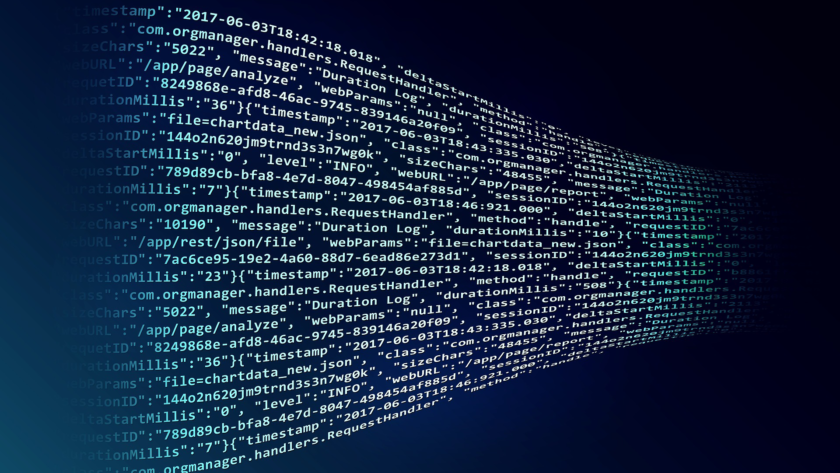
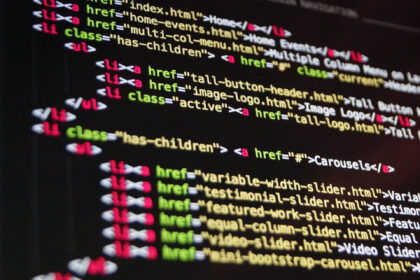
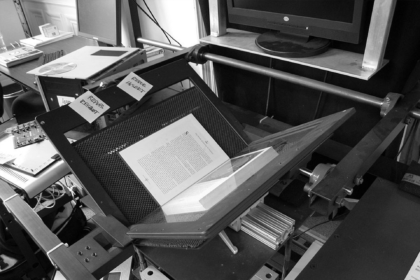
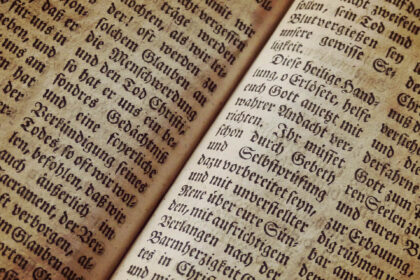
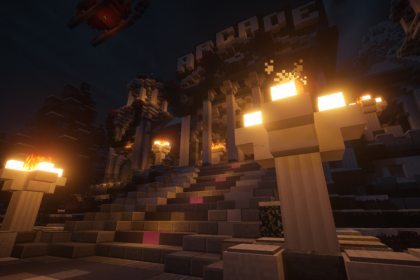
Art history is a field I personally think can benefit from digitization. Although Claire Bishop mentions in “Against Digital Art History” that digitization can pose issues to art history such as “distance viewing,” I think that overall art history can benefit from digitization in that it could provide helpful tools not only for scholars and historians but also audiences. I do have to agree that looking at multiples of anything isn’t good whether it be presented in digital form or in person.
I can definitely understand if those that are apprehensive or not in support of digital humanities work are upset based upon not knowing the media. However, those in the field should be open to these new avenues in order to help find these new questions to answer as opposed to complaining that our scope is limited because of the research methods. With more experience in a new medium, more examples and research can be made and helps build better work!